Comparing the Political Ideology of Presidents

We list the U.S. Presidents, their political parties, and their political ideologies alongside descriptions of their Presidency to examine U.S. history.
The United States of America is a country consisting of 50 states, 48 adjoining, Alaska and Hawaii, a federal district (D.C.), five major territories, and 11 other territories.
The United States of America is sometimes called the U.S. or America for short (although, America technically refers to the contents of North and South America when not used in context of the United States).

We list the U.S. Presidents, their political parties, and their political ideologies alongside descriptions of their Presidency to examine U.S. history.
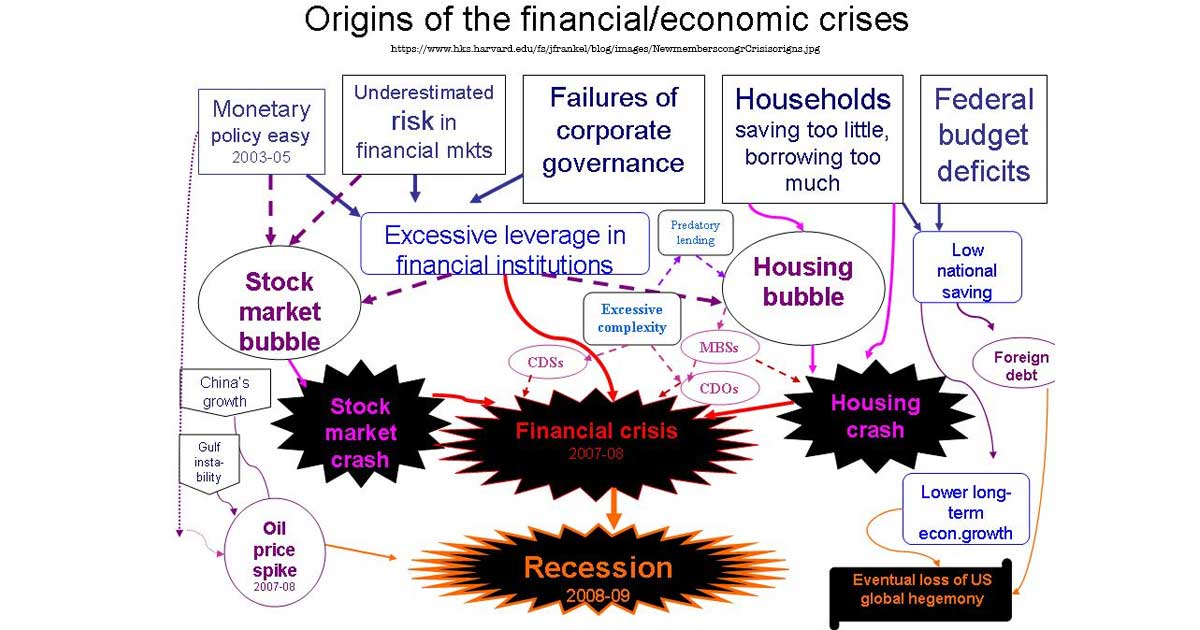
We explain the Financial Crisis / Great Recession of 2007 – 2009 that began with the 2006 housing bubble, led to a recession in the U.S. by December 2007, and became a global crisis by 2009.
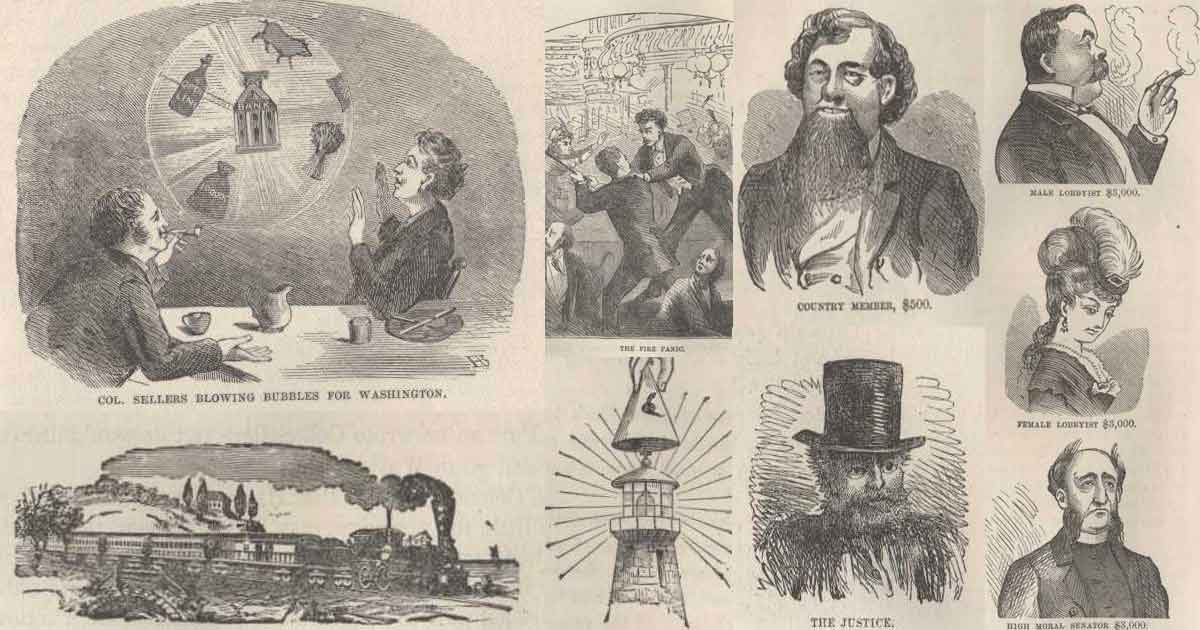
Below we present an annotated version of Andrew Carnegie’s 1889 essay Wealth (better known as the Gospel of Wealth).

We examine the historical effects of social, political, and economic inequality on society to see how it has led to social unrest and events like revolutions and populist uprisings.

The exact origin of the term politically correct isn’t known, although the earliest usage we could find was from 1793 Supreme Court Case Chisholm v. Georgia.
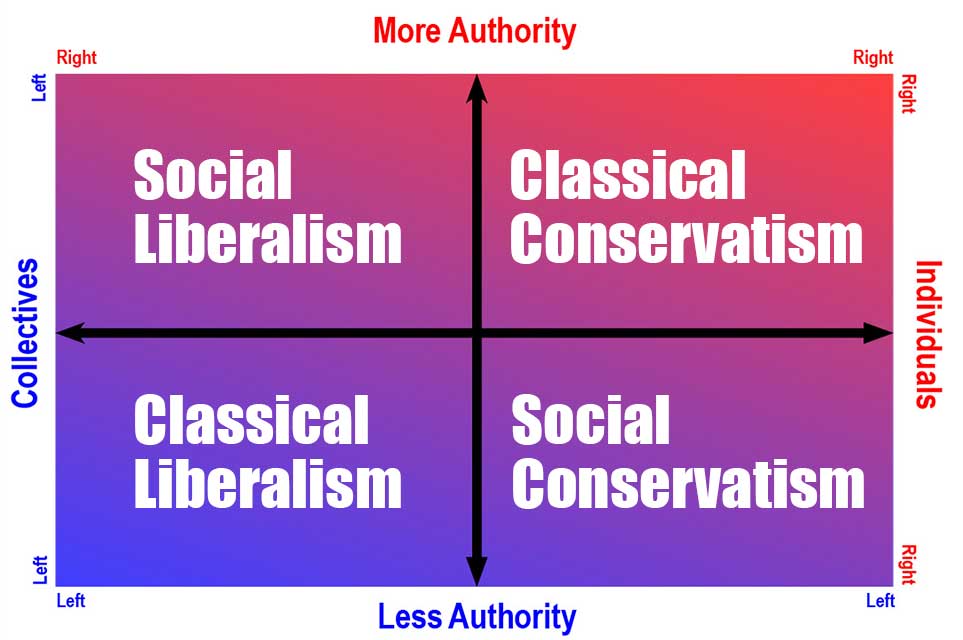
We explain liberalism and conservatism, including the different social and classical types of liberalism and conservatism.
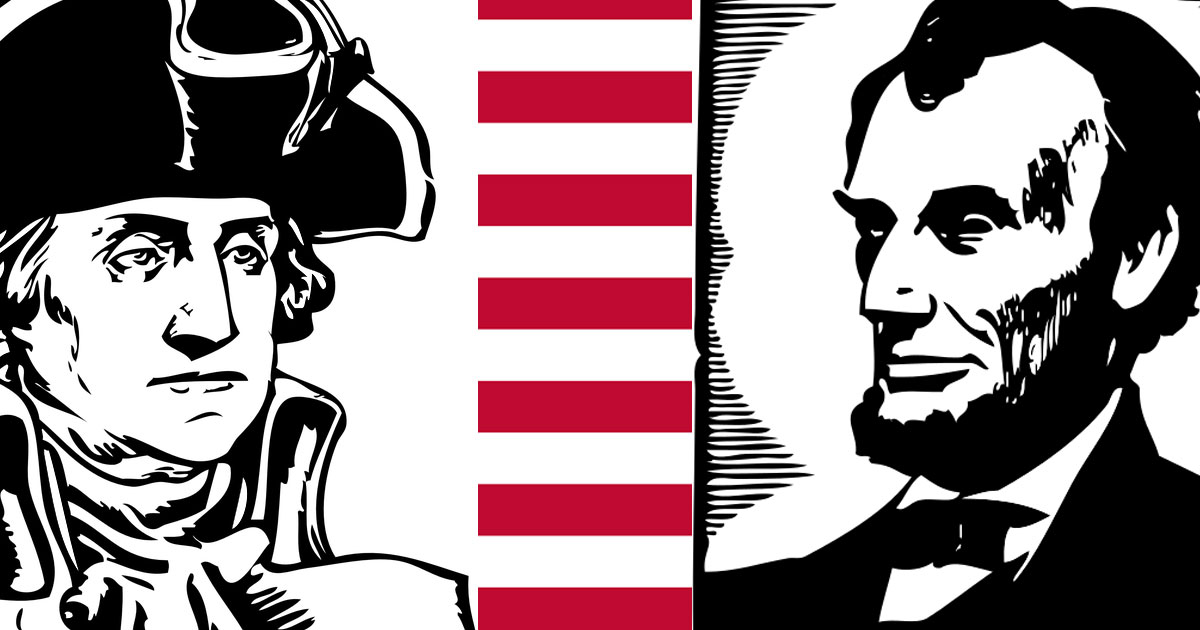
We explain the political terms conservative, moderate, liberal, progressive, and radical and how they are used in different contexts.

Collectivism describes ideology (political or otherwise) that favors the collective, like-wise Individualism describes ideology that favors the individual.

We explain populism, globalization, nativism, nationalism, neoliberalism, modernization, and other terms important for understanding modern world politics.
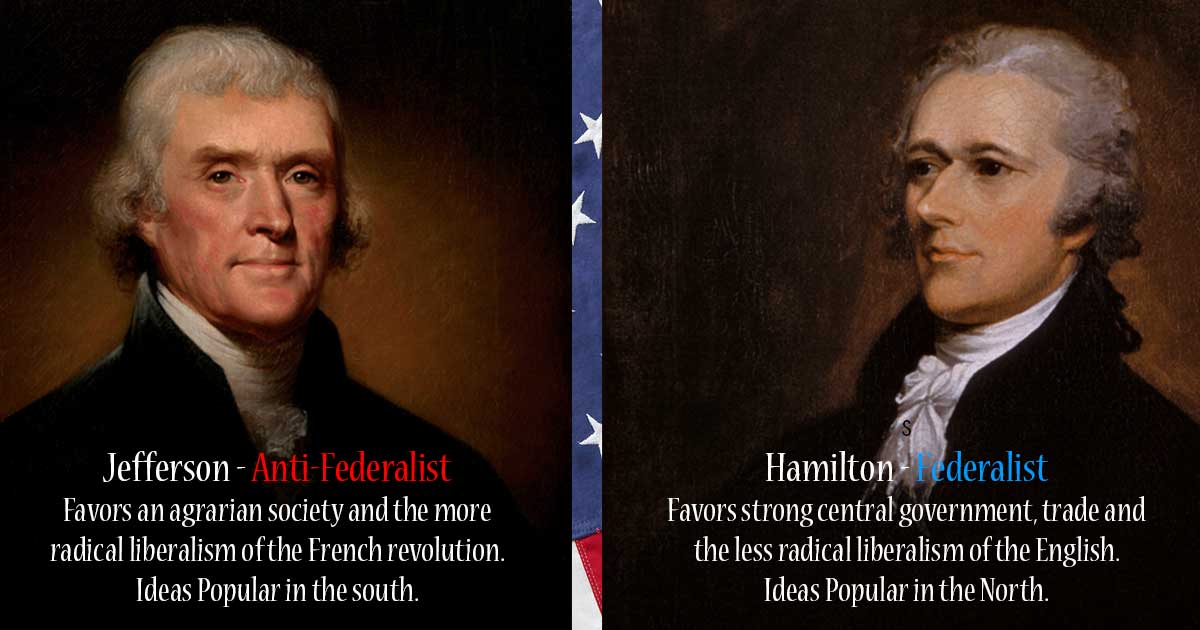
The Federalists and Anti-Federalists were the first political factions of the U.S.. They arose out of a debate over the ratification of the 1787 Constitution and went on to form the basis of our current two-party system.